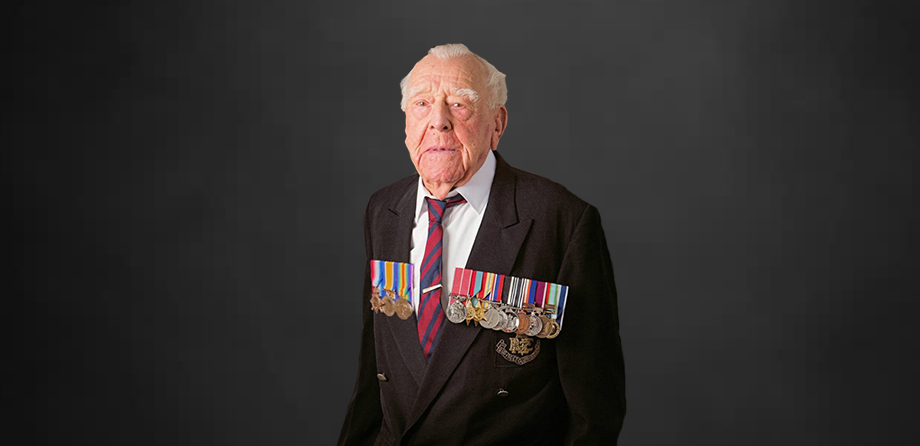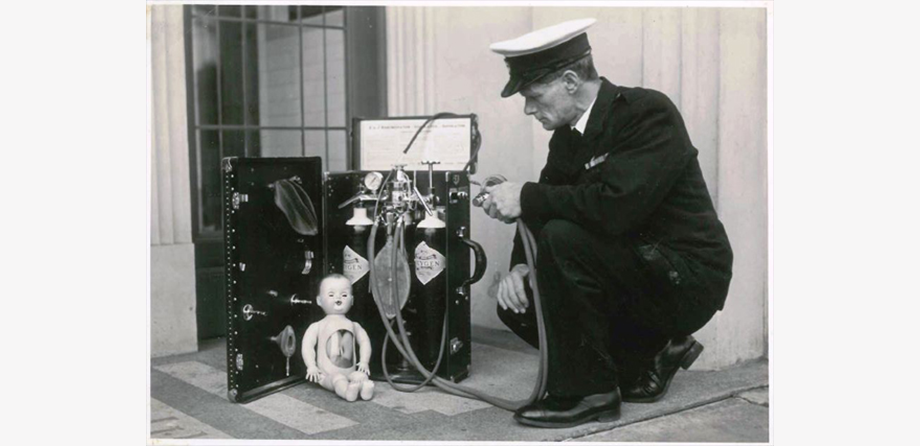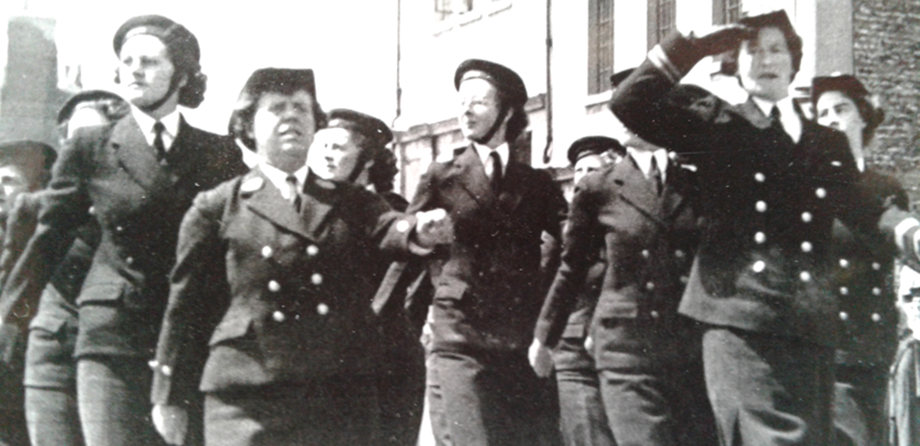Our history
1940s
{{articleInView.title}}
Amy's ANZAC hero
Emergency Medical Technician Amy attends the Upper Hutt ANZAC Day service every year thinking about the ANZAC hero in her life.

The Second World War was the greatest conflict ever to engulf the world, taking the lives of 50 million people, including one in every 150 New Zealanders. Our population in 1940 was around 1.6 million.
New Zealand was involved for all but three of the 2,179 days of the war — a commitment equal to that of Britain and Australia. It was a war in which New Zealanders gave their greatest national effort — on land, on the sea and in the air — and a war we fought globally, from Egypt, Italy and Greece to Japan and the Pacific.
Amy, Wellington Free Ambulance emergency medical technician, will be attending the Upper Hutt Dawn Service on this year’s ANZAC Day to represent Wellington Free. However, Amy would be there anyway because service is in her genes. “I’ve marched at the Upper Hutt Dawn Service every year since I moved back to New Zealand 15 years ago.”
“I come from a military family. My dad, grandads and great uncle all served in the army. My grandad, Raymond Alfred Arthur Burnett, who falsified his age by 2 years to enlist, became a Prisoner of War during World War II. Whilst out on his patrol in Egypt he was captured by the enemy and became a POW for the remainder of the war,” Amy says.
“He survived his day of capture, a torpedoed boat and a number of years in multiple POW camps, he shouldn’t have survived but he did. He never spoke about his time in the army or what life was like at war until he decided to write his memoirs at the age of 80.”
Amy and her father Bill and sister Tash travel to Germany at the end of May to visit the Prisoner of War camp her grandad was released from exactly 75 years since the day.
Raymond is now 96 years old and Amy’s ultimate hero. “He’s always encouraged me to do what I want in life. Make mistakes, learn from them and move on. I wanted to follow in his footsteps and join the army too but what I do now is similar, helping people in need.”
Visit NZ History for more information.
Bring your kids to work day!
The 1940s didn't have the medical mannequins we have nowadays so what better way to practice first aid than on real people!

One-of-a-kind woman always been ahead of her time
Avid knitter, writer, Tai Chi student, and Wellington Free Ambulance supporter Audrey Harper of Upper Hutt lived in the UK in the 1940s, and was one of small group of women in the Women's Royal Naval Service (the Wrens) brought in to design ‘war game’ exercises for the Navy’s servicemen.

“We were never exactly told that our work was a new concept in teaching naval strategy using scenarios and exercise. In a way we were guinea pigs,” she says.
Audrey’s job was to work on a Perspex screen, plotting the presence of make-believe enemy ships, torpedo and bomb attacks, submarines and surface craft, all overlaid with fake weather conditions and time of day.
“Like a soap opera, events in an exercise came close upon each other to maintain interest and learning,” Audrey explains.
Technical information was passed over telephones (there were no computers back then) to the men on the course: ranges and bearings, visual sightings, reports from look-outs on the bridge or elsewhere. Audrey and the team expertly provided the information for trainees to absorb and strategise, and ultimately find a way out.
Women in England during WW2 once they reached 19 years of age either volunteered or were called up for war work. Audrey knows exactly how long she spent in the Women’s Royal Naval Service, a ‘Wren’, as the women were called.
“Two years, eight months, and 18 days. I know that because I used it to help make up the compulsory three years of service I needed to become a grade three teacher in New Zealand.”
She also remembers her 21st birthday.
“It was the best 21st I could have had. My birthday is August 13, and the war was declared over on August 15.”
Once discharged nearly a year later Audrey studied at Bristol University.
Every year on her birthday Audrey gives Wellington Free Ambulance a dollar for every year of her life, and asks her friends to make donations rather than buy presents.
She is also the woman behind the perfectly costumed paramedic teddies which are sometimes auctioned at fundraisers, and sometimes make their way into the homes of new Wellington Free babies.